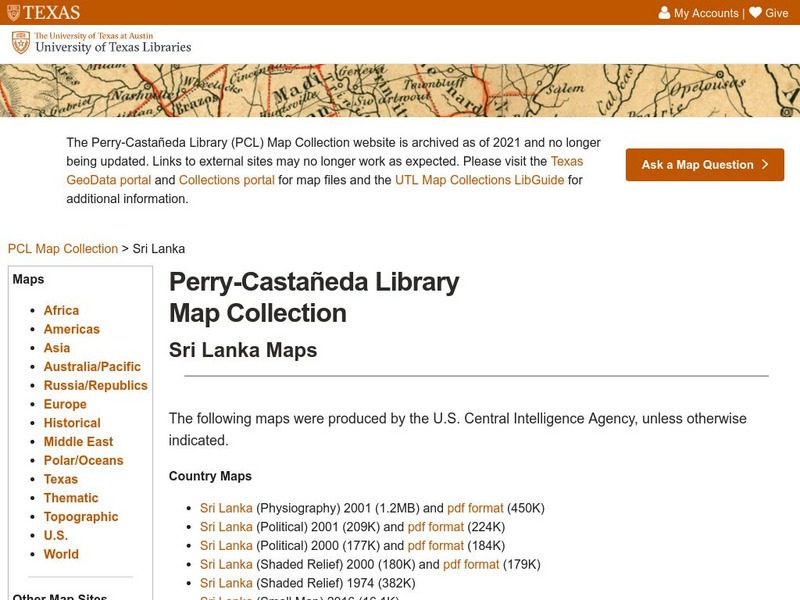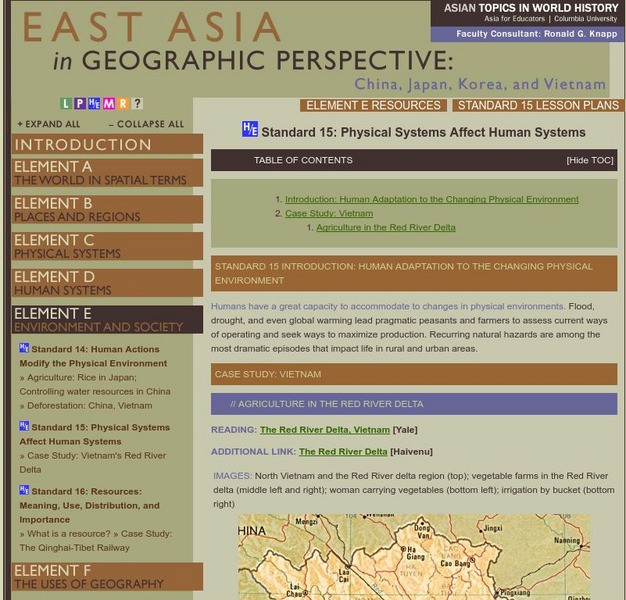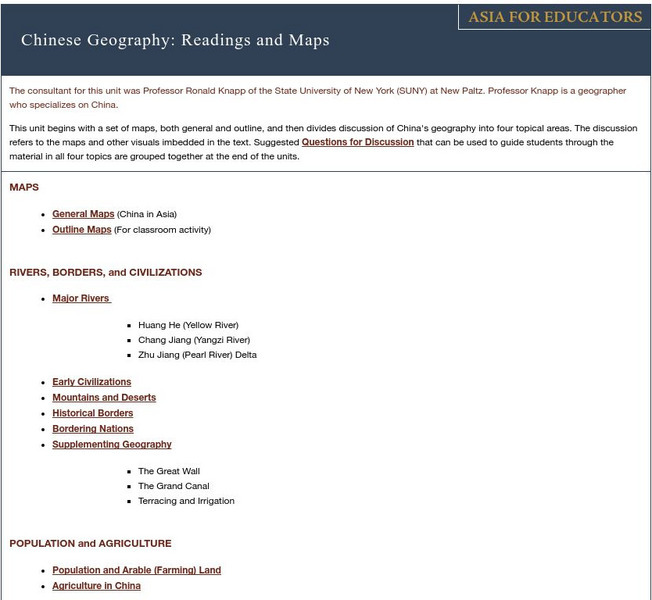Hi, what do you want to do?
Curated OER
How Things Fly
Pupils observe photographs of selected twentieth-century aircraft at the National Air and Space Museum and note differences in the design of aircraft wings, fuselages, and engines.
Curated OER
Money Talks
Students move from fact finding to interpretation as they examine paper money from the time of the American Revolution. In the final exercise, they use the issue dates of the bills to construct a chronology of political changes during...
Curated OER
Spy on a Spider
Young scholars view slides or live specimens to name and describe the distinguishing features of groups of arthropods, especially spiders and insects. They complete worksheets, observe webs and then search for and record where spiders...
Curated OER
Facts, Feats and Folklore: Spiders
Students review and discuss a variety of sayings, folklore and superstitions about spiders. They discuss this information and choose either an interesting fact or appealing foklore tradition to illustrate.
Curated OER
Pictures Telling Stories
Students see the importance of primary sources in the study of history, but also the limitations of relying only on primary sources of taking the money, as it were, at face value.
Curated OER
Letters from the Japanese American Internment
Students make deductions about life in an internment camp by reading and comparing letters written to Clara Breed. Along the way, they consider the advantages of looking at a historical event from the multiple points of view of...
Curated OER
Tsunami! Examining Earth's Most Destructive Waves.
Students discover what creates a tsunami In this earth science lesson, student research using the Internet how tsunami's develop. Students read accounts of first responders to the Sri Lanka tsunami.
Curated OER
Traveling the Silk Road: A Multimedia Approach
Students transfer what they have learned about China into an electronic project. In this collaborative project, students take what they have learned from their textbooks and synthesize the information in order to create an electronic...
Curated OER
Create a Classroom Exhibit: Rocks and Minerals
Young scholars bring in rocks and minerals from home. They observe them and describe them carefully, completing a worksheet. Finally, a classroom exhibit is created.
Curated OER
Plants and Animals: Partners in Pollination
Students describe the complementary relationships between pollinators and the plants they pollinate, identify adaptations that flowers have developed to "encourage" pollination, and create and draw their own "designer" flowers.
Curated OER
Where In the World Am I?
Learners identify their location in the world after studying latitude, longitude, relative location, and absolute location. They use assigned web site to find information to make a flipbook that answers questions about their location in...
Curated OER
Bringing the Rain to Kapiti Plain
Young scholars analyze the story Bringing the Rain to Kapiti Plain geographically, and explain the term climate and discuss its relevance in the story as well as to their own lives.
Curated OER
Minerals, Crystals, and Gems
Students discover the relationships between minerals, crystals and gems. They bring in rocks that they find at home, in the schoolyard, etc. and examine them and attempt to identify them. They set up a classroom exhibit that includes all...
Curated OER
History Close to Home: Creating Your Own Special Museum
Students create their own museum exhibit. In this museum creation lesson plan, students research their local history so they can decide on a theme for their exhibit and what objects they will use in order to design a museum exhibit. A...
Curated OER
Art to Zoo: Celebration
Students research and develop a report on birthday rituals around the world. In this research lesson plan, students compare birthday rituals from other cultures to their own. Images and resources are included.
Curated OER
Animal Encounters
Young scholars use their visualizing and interpreting skills to produce original writings and artwork.
Northern Illinois University
Political and Cultural Geography of Southeast Asia
This page provides a good introduction for students to the main geographical features of Southeast Asia. Provides information on the individual countries that make up Southeast Asia and gives some physical geographical facts about...
Other
Harper College: South Asia Physical Geography
This is a map quiz of the physical features of South Asia. It contains lists of land bodies, rivers, and water bodies to be matched to a map of South Asia. It can be used as a study tool.
Other
Harper College: North Africa/ Sw Asia Map Tutorial
Quiz yourself on the physical geography of Southwest Asia and North Africa by using this tutorial to Check your knowledge of landforms, bodies of water, and rivers in this area of the world.
University of Texas at Austin
Perry Castaneda Library Map Collection: Sri Lanka Maps
This resource provides several country, city, historical and thematic maps detailing the country of Sri Lanka. PDF (requires Adobe Reader)
Columbia University
Columbia University: East Asia in Geographic Perspective: Standard 4
Physical and Human Characteristics of Places
Columbia University
Columbia University: East Asia in Geographic Perspective
Physical Processes That Shape the Patterns of Earth's Surface
Columbia University
Columbia University: East Asia in Geographic Perspective
Humans have a great capacity to accommodate to changes in physical environments. Flood, drought, and even global warming lead pragmatic peasants and farmers to assess current ways of operating and seek ways to maximize production....
Columbia University
Asia for Educators: Outline Maps
The outline maps are designed to be used as transparencies that can be overlaid on an overhead projector to demonstrate the diversity of China's physical and cultural geography. Copies can be printed out and reproduced also for student...




























